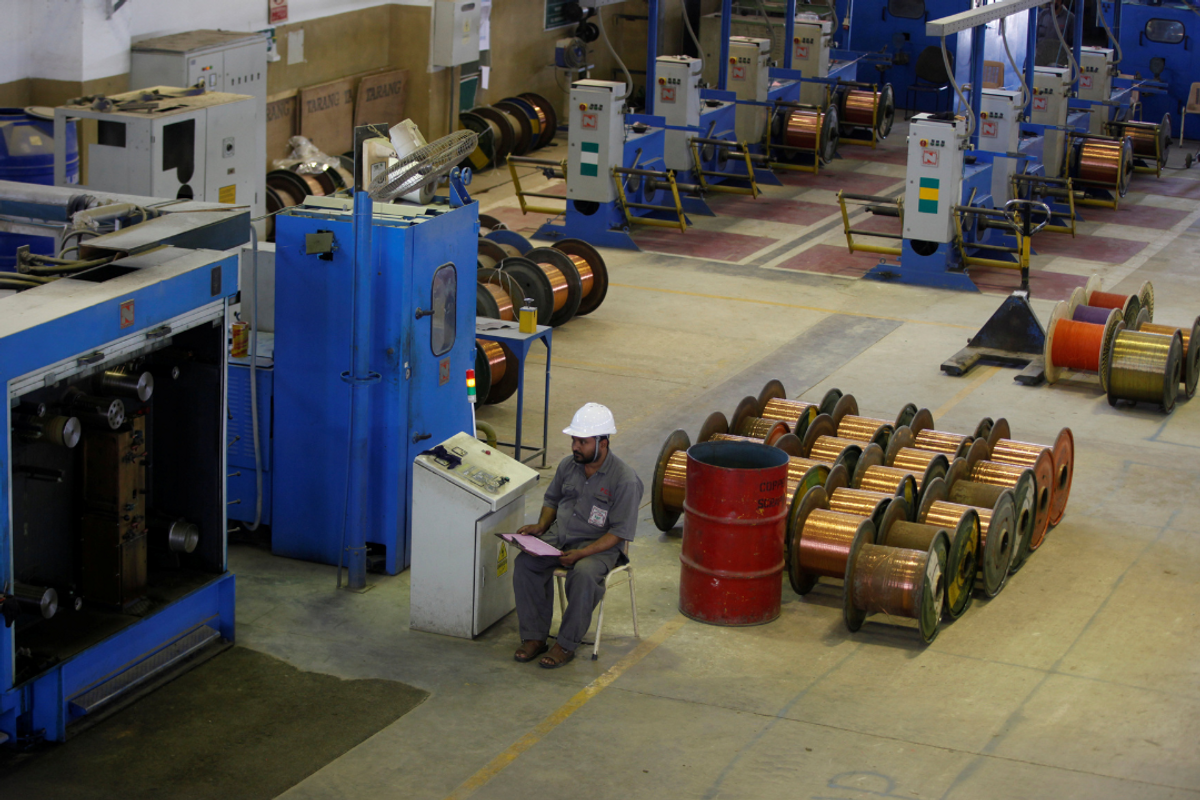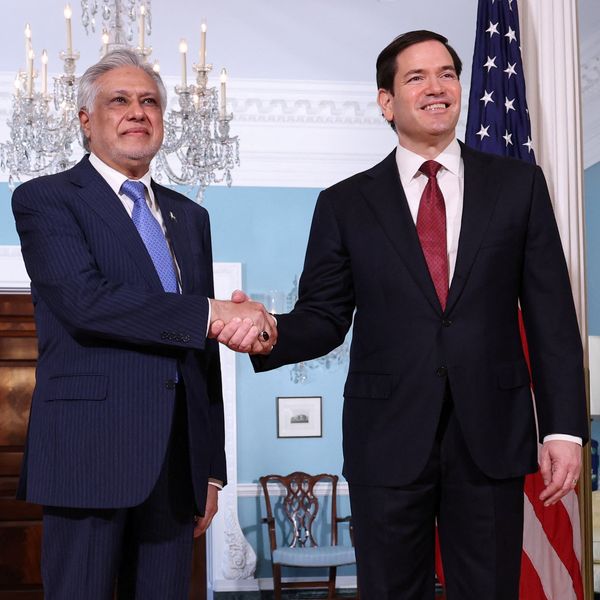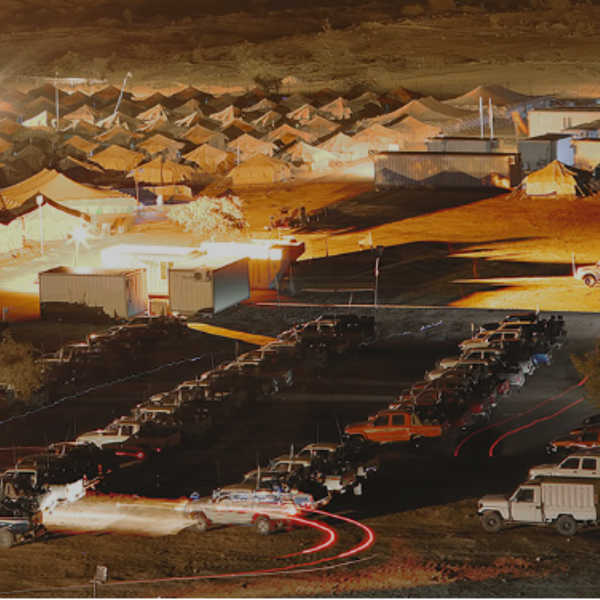Pakistan’s large-scale manufacturing shrinks 0.7% in FY25
Sector shows signs of stabilization after last year’s steep 10% decline, but uneven recovery and structural challenges keep growth subdued

Haris Zamir
Business Editor
Experience of almost 33 years where started the journey of financial journalism from Business Recorder in 1992. From 2006 onwards attached with Television Media worked at Sun Tv, Dawn Tv, Geo Tv and Dunya Tv. During the period also worked as a stringer for Bloomberg for seven years and Dow Jones for five years. Also wrote articles for several highly acclaimed periodicals like the Newsline, Pakistan Gulf Economist and Money Matters (The News publications)

A worker monitors automatic copper wire unit at Pakistan Cables in Karachi, Pakistan
Reuters
Pakistan’s large-scale manufacturing (LSM) sector contracted by 0.7% year-on-year in the fiscal year 2024-25 (FY25), despite signs of a rebound in the final quarter, official data showed on Thursday.
According to the Pakistan Bureau of Statistics (PBS), the LSM Index rose 4.1% year-on-year in June, suggesting improving momentum as macroeconomic stabilization efforts take hold. However, on a month-on-month basis, output was down 3.7%, indicating that a full recovery remains uneven.
The LSM sector, which accounts for more than 70% of manufacturing activity and around 10% of GDP, has been under pressure for the past two years due to high inflation, elevated interest rates, energy shortages, and weak domestic demand. In FY24, the sector had declined by 10.2%.
“The slight contraction in FY25 reflects a stabilizing macroeconomic environment but continued structural challenges in key industries,” said an economist. “A modest recovery in textiles, food processing, and cement helped cushion overall declines, but auto and petroleum sectors remained weak due to low consumer demand and high input costs.”
Sector highlights
- Textiles, the country’s largest industrial sector, showed signs of stabilization following improved export orders in the second half of FY25.
- Cement output increased due to higher infrastructure-related public spending.
- Automobile production remained depressed amid soaring vehicle prices and reduced financing availability.
- Petroleum and chemicals were constrained by high global commodity prices and operational bottlenecks.
Officials are banking on lower interest rates, improving energy availability, and stabilization in foreign exchange markets to support industrial recovery
“Revival of industrial output will be crucial for job creation and fiscal consolidation,” said a senior market expert. “We’re prioritizing ease of doing business, export competitiveness, and industrial digitization in FY26.”
However, analysts caution that growth will depend heavily on external factors such as global commodity prices, the pace of foreign investment inflows, and Pakistan’s ongoing engagement with the IMF.
“While the June LSM data offers a glimmer of hope, sustained growth will require policy consistency, resolution of energy pricing distortions, and greater support for export-oriented sectors,” an analyst added.The LSM index remains a key indicator of Pakistan’s economic health, particularly in tracking the performance of sectors like textiles, automobiles, steel, and cement—all vital for employment and exports.










Comments
See what people are discussing